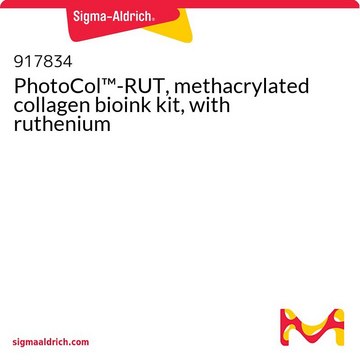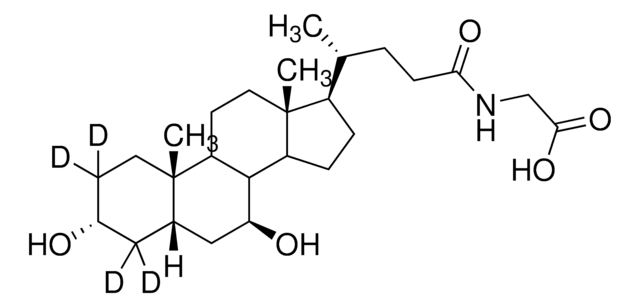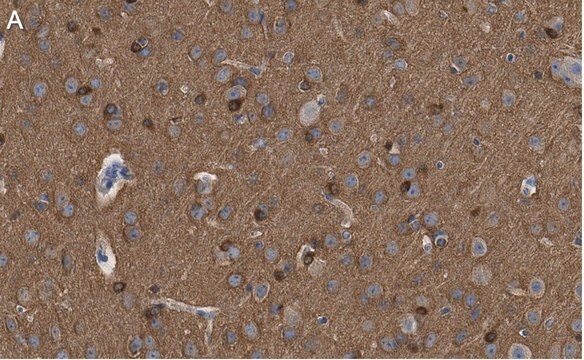916293
PhotoCol™-LAP
methacrylated collagen bioink kit, with LAP
Synonyme(s) :
3D Bioprinting, Bioink, Collagen
About This Item
Produits recommandés
Description
Methacrylated collagen:
Degree of methacrylation ≥ 20%
Product components :
Niveau de qualité
Stérilité
sterile; sterile-filtered
Forme
liquid
Impuretés
≤10 EU/mL Endotoxin
Température de stockage
2-8°C
Application
Informations légales
Code de la classe de stockage
10 - Combustible liquids
Faites votre choix parmi les versions les plus récentes :
Certificats d'analyse (COA)
Désolés, nous n'avons pas de COA pour ce produit disponible en ligne pour le moment.
Si vous avez besoin d'assistance, veuillez contacter Service Clients
Déjà en possession de ce produit ?
Retrouvez la documentation relative aux produits que vous avez récemment achetés dans la Bibliothèque de documents.
Notre équipe de scientifiques dispose d'une expérience dans tous les secteurs de la recherche, notamment en sciences de la vie, science des matériaux, synthèse chimique, chromatographie, analyse et dans de nombreux autres domaines..
Contacter notre Service technique








